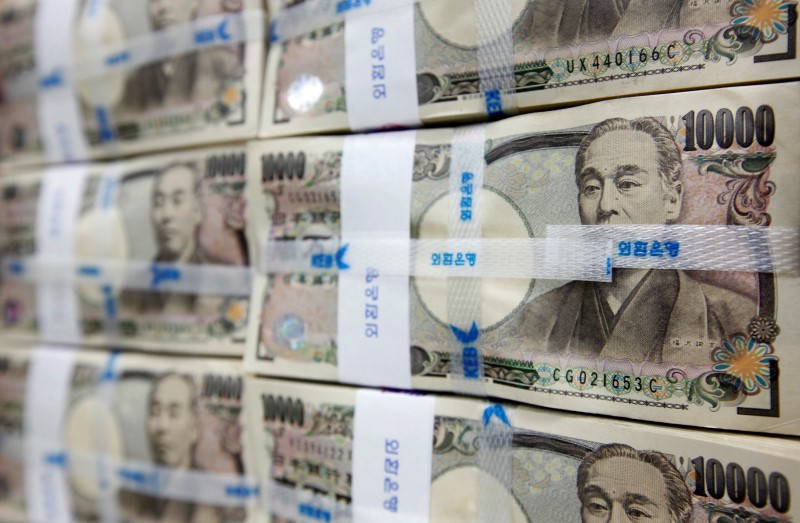By Wayne Cole
SYDNEY, March 12 (Reuters) - The Australian dollar skidded lower on Thursday as a fresh wave of risk aversion swept markets amid concerns the economic impact of the coronavirus would swamp any possible policy response.
Sentiment took a severe turn for the worse when U.S. President Donald Trump said he would suspend all travel from Europe to the United States for 30 days. drastic step, which excludes the United Kingdom, will hit travel and tourism hard and put pressure on other countries to follow suit, bad news for a nation such as Australia that relies heavily on open and free trade.
"'Sell Sell Sell' is being heard across dealing rooms in Asia," said Stephen Innes, Global Chief Markets Strategist at AxiCorp. "Travel restrictions equal slower global economic activity, so investors are seeing an increased probability of a global economic downturn."
"FX risk barometers are trading heavy and flashing red, with AUDUSD and USDJPY lower."
The Aussie slipped 0.4% on the news to $0.6460 AUD=D3 , leaving it down 2.7% for the week so far and threatening chart support around $0.6435.
The New Zealand dollar NZD=D3 eased 0.2% to $0.6253, leaving it down 1.6% for the week so far.
A rush from risk saw shares tumble across Asia and the Aussie shed 1.5% against the safe-haven Japanese yen to 66.80 AUDJPY= .
The market spasm completely overshadowed a long-touted fiscal stimulus package from the Australian government aimed at cushioning the economy from the worst of the coronavirus.
The plan includes A$11 billion of tax breaks and cash handouts that will pour into peoples' pockets before the end of June, stirring hopes it could help keep economic growth positive in the second quarter and dodge a likely recession. are operating in a fluid and uncertain environment, but our take at this stage is that this should materially reduce – though perhaps not entirely eliminate – the possibility of technical recession over the first half of this year," said Andrew Ticehurst, an economist at Nomura.
Analysts assume the economy will shrink in the first quarter given the impact of both the virus and bushfires.
Most also assume the Reserve Bank of Australia (RBA) will have to cut rates again after a quarter-point easing to 0.5% early this month.
Futures 0#YIB: have shifted to imply an 86% chance of a move in April and speculation is mounting the central bank will ultimately adopt quantitative easing by buying government bonds.
Bonds have already priced in a lot of easing, with 10-year yields AU10YT=RR hitting an all-time low of 0.555% early this week to last trade at 0.72%.
Three-year bond futures YTTc1 edged up 1.5 ticks on Thursday to 99.615, implying an yield of 0.38%.
